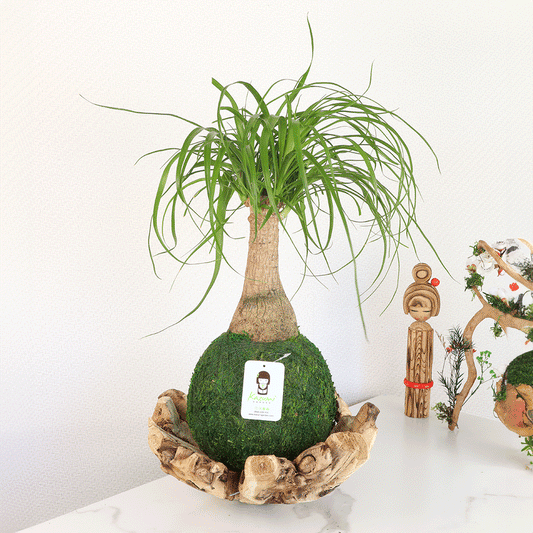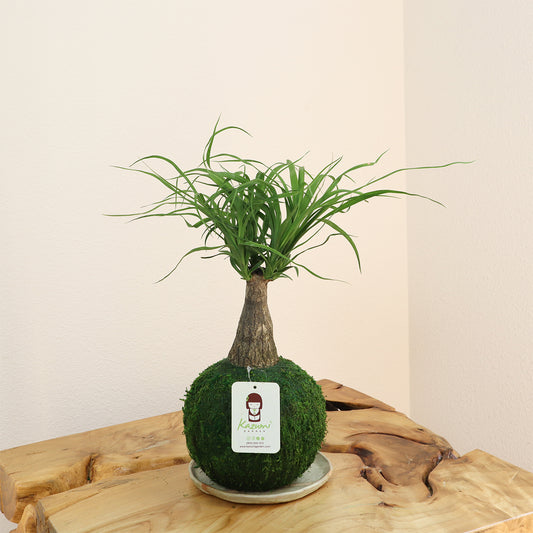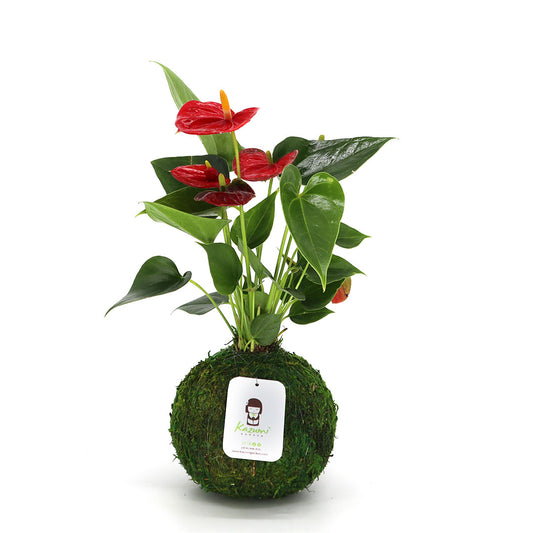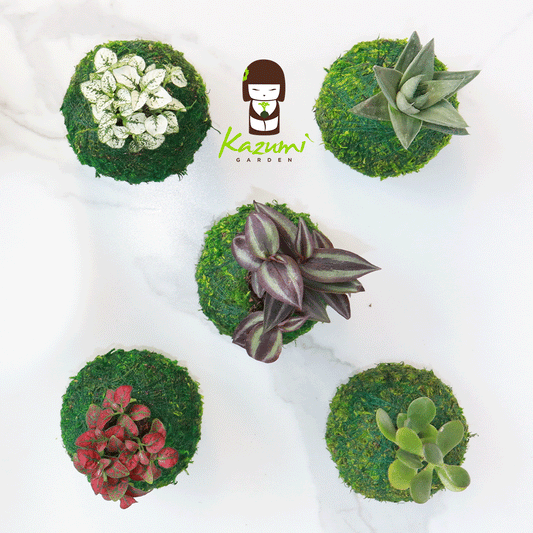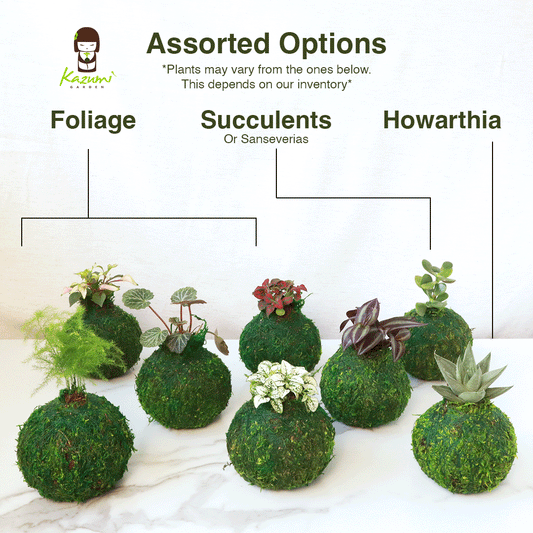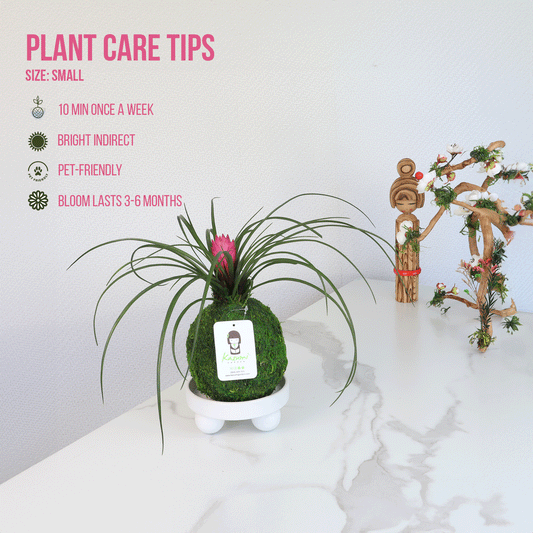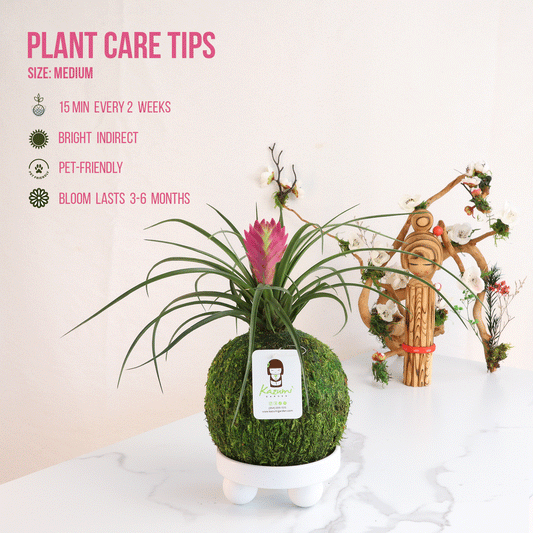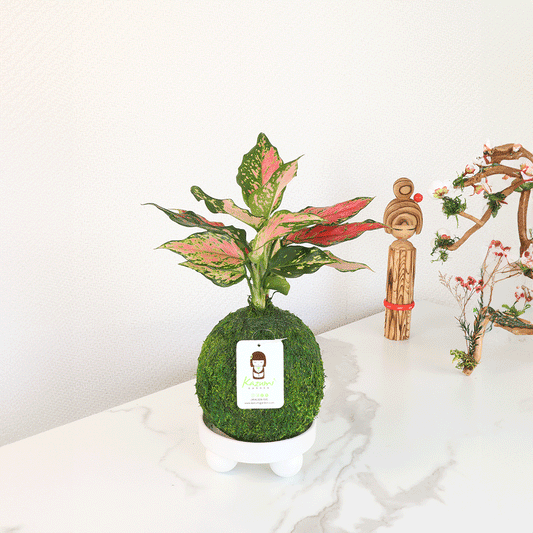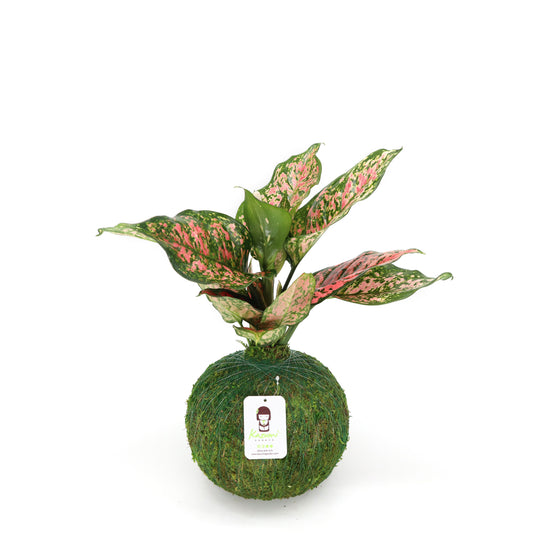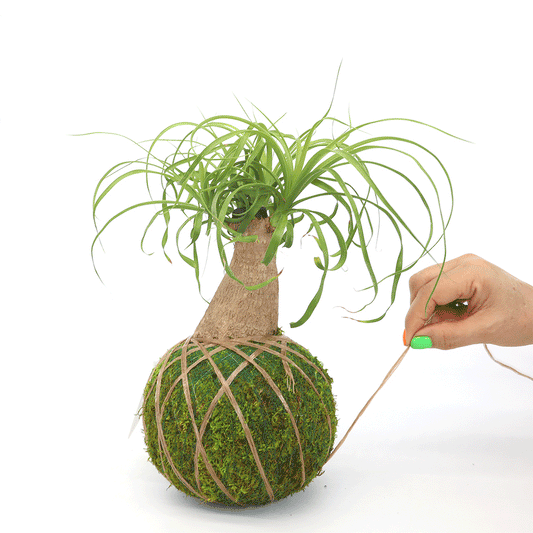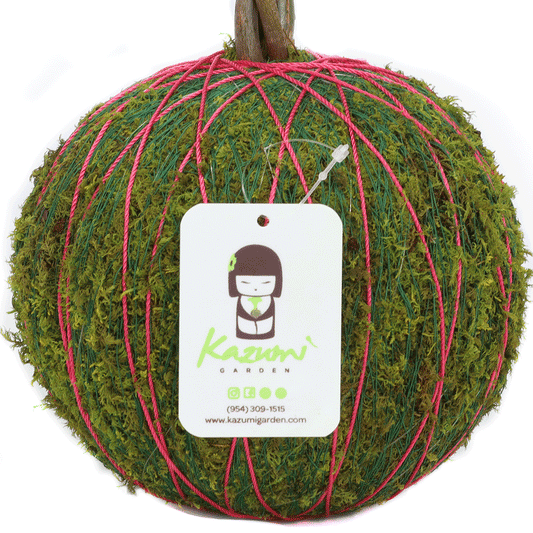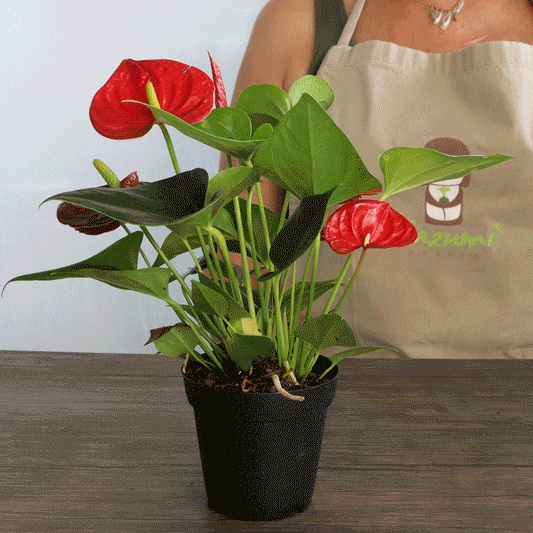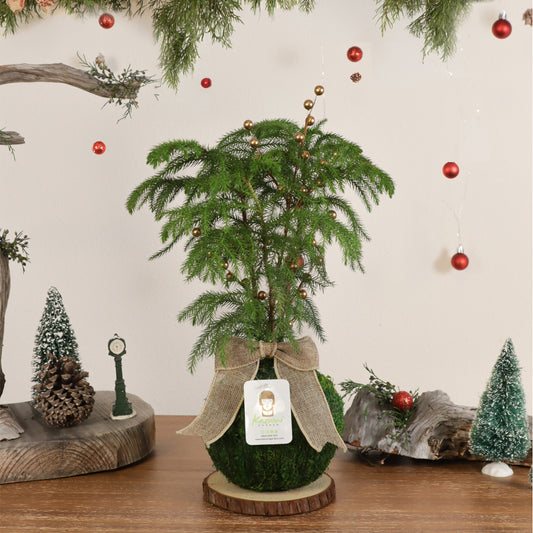Belonging to the Marantaceae family of flowering plants, Calatheas boast thick, beautifully patterned foliage. It exists in different shades of green, with unique, intricate patterns on each variety. The undersides are a striking burgundy color. There are currently over 60 different species of the plant, many of which are treasured as houseplants. The leaves not only give you a soothing sight in your busy routine, but will also purify the indoor air for a healthy environment.
Did you know that calatheas also follow the same day-and-night routine as yours? As it gets dark, they will fold their leaves and as soon as it’s morning, they’ll unfold again for an elegant display for the rest of the day. If you listen closely, you’ll even hear the rustling of the opening and closing foliage. The leaves folded up in the dark look like hands clasped in prayers, which gives it its nickname, “prayer plants”. Other nicknames include zebra plant, rattlesnake plant, and peacock plant.
Origin Of Calatheas
Calatheas hail from the tropical rainforests of the Americas and Africa. In their natural habitat, the species keeps a low profile - quite literally. They grow under the shade of taller trees, and are often referred to as the “shadow plant” for the same reason. Locals often use its foliage to wrap fish and make baskets.
How To Care For a Calathea Kokedama
Calatheas aren’t the most easy-going. But a calathea kokedama makes the care routine much simpler. You can have a thriving calathea kokedama on your side table even as a beginner. Here’s what you need to know:
- Light
Calatheas thrive in medium to bright indirect light. They can also grow in low light conditions. Place it somewhere it can receive filtered sunlight. Too much direct exposure can damage the leaves.
- Temperature
65° F to 85° F works best for calatheas. It’s best not to let the temperature dip below 60° F.
- Humidity
Calatheas appreciate high humidity. Most species thrive in humidity levels between 50 to 60%. If the room isn’t humid enough, you may have more success keeping it in the bathroom. Alternatively, mist them often or place them on a pebble tray filled with water. As water evaporates from the tray, it will humidify the surrounding air for your plant.
- Water
The plant will typically need to be watered twice a month for 10 minutes. Lift the kokedama to observe the weight. If it feels heavy, it doesn’t need water for now. If it feels light, the plant is thirsty.
Water the plant by immersing the moss ball in water for 10 minutes. Wait until it’s completely saturated before taking it out. Let the excess water drain for about 20 min before placing it back.
- Plant Food
Fertilize with a diluted houseplant fertilizer once a month from spring to fall. Add the fertilizer to the irrigation water and soak the moss ball in it just as you would do when watering the plant.
- Pruning
Removing old yellowed or browned leaves keeps it looking nice and fresh and also improves the plant’s health. Cut the leaves or trim its brown edges with sharp scissors to keep it in good shape.
- Common Problems
Red spider mites can bother your calatheas. If you notice the leaves and stems covered with fine webbing, spay the plants with neem oil. Improving air circulation will prevent the problem from returning.
Brown patches on leaves are a sign of sunburn. You’re probably giving it direct sunlight; moving it to a shadier spot will help.
Leaves curling inwards are a sign of underwatering. Watering it will typically reverse the condition.
Yellowing leaves can be a sign of overwatering. Increasing the interval between waterings can help.
Is The Plant Pet-Friendly?
According to ASPCA, calatheas are non-toxic to your pets. It’s a safe plant to have indoors even if you share the space with your furry friends.

